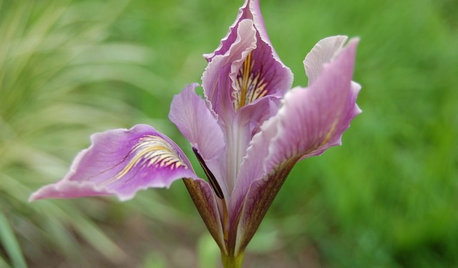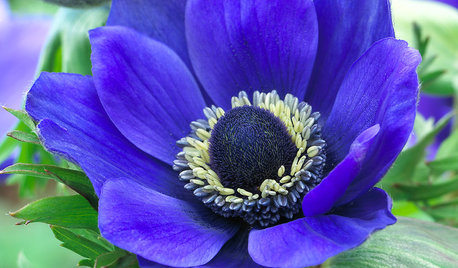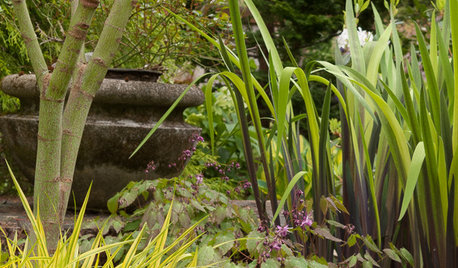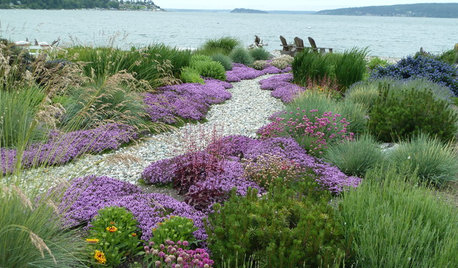New to Siberian Iris --advice?
sujiwan_gw 6b MD/PA
15 years ago
Related Stories

FLOWERSPaint a Garden Delightful With Iris
Charming and colorful, irises propagate easily, are hardy in many soils and climates, and unfold with layers of beauty
Full Story
SELLING YOUR HOUSEThe Latest Info on Renovating Your Home to Sell
Pro advice about where to put your remodeling dollars for success in selling your home
Full Story
MOST POPULARBlast Decluttering Roadblocks Once and for All
Change your thinking to get the streamlined, organized home of your dreams
Full Story
DECORATING GUIDES5 Decor Trends to Try — and 5 to Rethink
Some style trends are worth jumping onboard. Others you may want to let fade from your memory
Full Story
FALL GARDENING6 Splendid Blue-Flowering Bulbs
How do you blue? With colors from sky to cobalt, these bulbs will greet you merrily in a spring garden
Full Story
GARDENING GUIDESTop 12 Summer-Blooming Perennials for Deer-Resistant Drama
Can you have garden color, fragrance and exciting foliage with hungry deer afoot? These beauties say yes
Full Story
PLANTING IDEASA Great Spring Plant Combo for Dappled Shade
Time these ephemeral beauties right to watch them play off one another under a canopy of deciduous trees
Full Story
GARDENING GUIDESLessons in the Rewards of Selfless Gardening
Let go of gardening for your own vision and watch the garden’s own true vision come forth
Full Story
PLANTING IDEAS7 Ways to Use Drifts and Masses In Your Garden
Whether in formal or natural landscapes, grasses or succulents planted en masse elevate the garden
Full Story
GARDENING GUIDESHouzz Call: What’s Your Favorite Backyard Beauty?
The simple, honest daisy is this writer’s go-to garden flower. We want to hear which plant, flowering or otherwise, gives you special joy
Full Story





PollyNY
eroctuse2
Related Professionals
Londonderry Landscape Architects & Landscape Designers · Montgomeryville Landscape Architects & Landscape Designers · Oconomowoc Landscape Architects & Landscape Designers · Rancho Cordova Landscape Architects & Landscape Designers · Columbine Landscape Contractors · Dallas Landscape Contractors · Hawaii Landscape Contractors · Lake Worth Landscape Contractors · Leicester Landscape Contractors · New Braunfels Landscape Contractors · Pine Hills Landscape Contractors · Quincy Landscape Contractors · Roswell Landscape Contractors · Seminole Landscape Contractors · Northlake Landscape ContractorsPollyNY
eroctuse2
PollyNY
eroctuse2
PollyNY